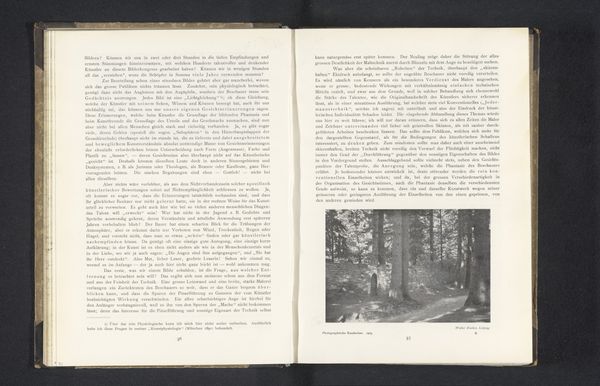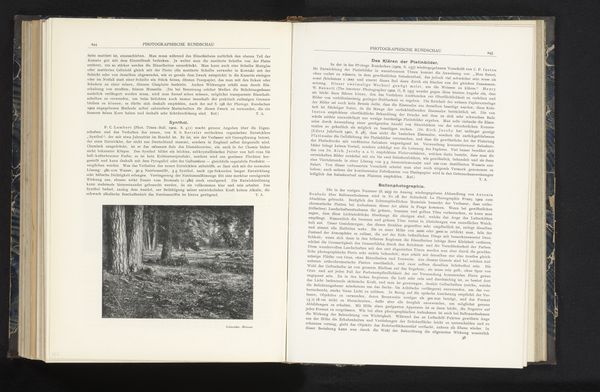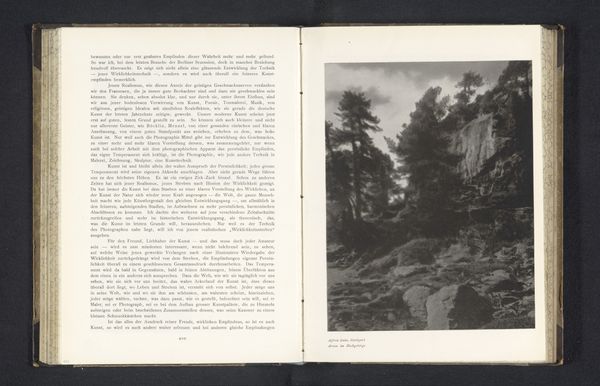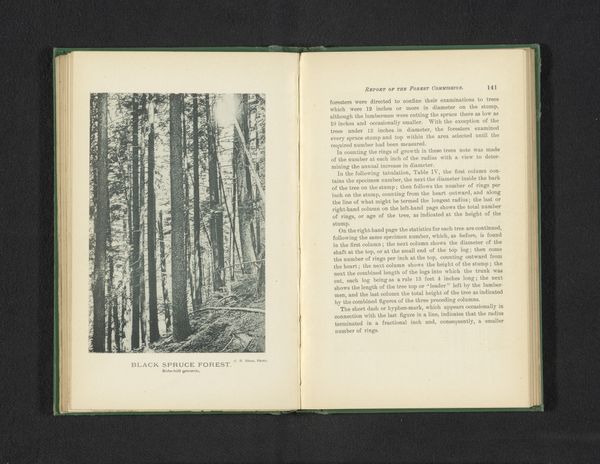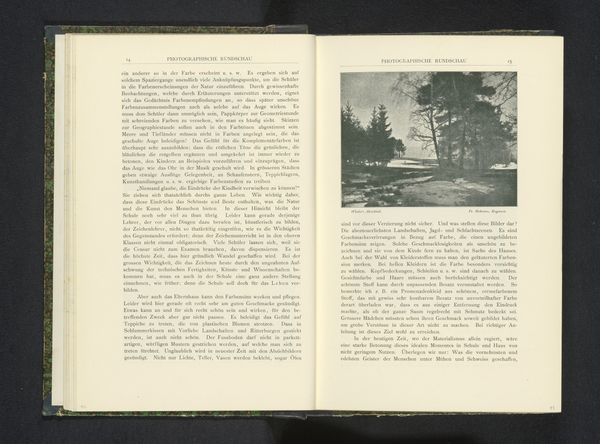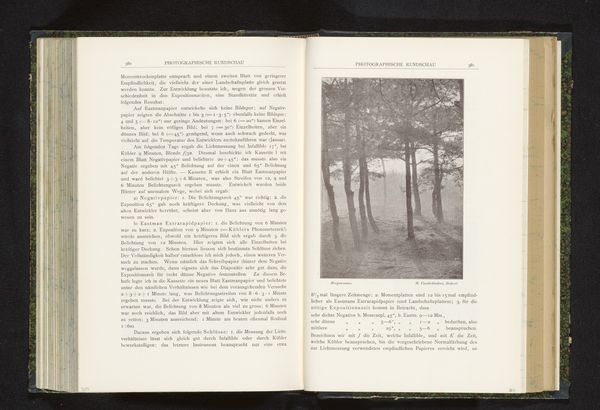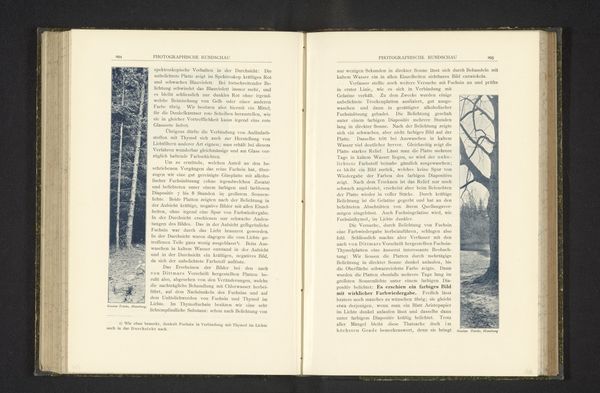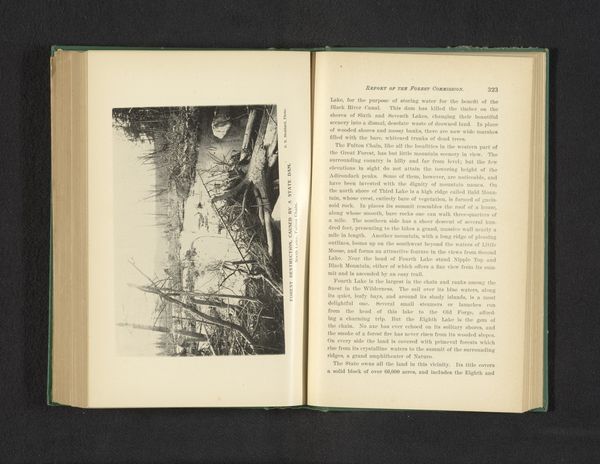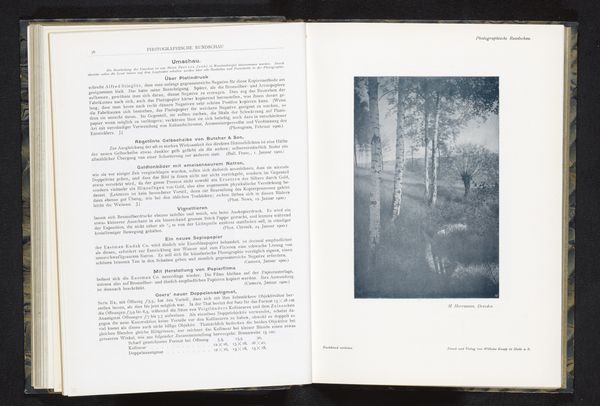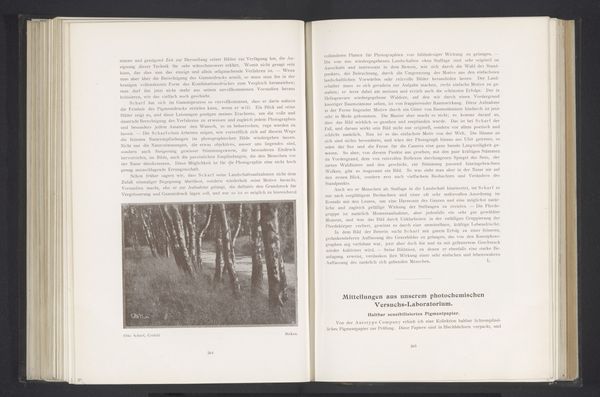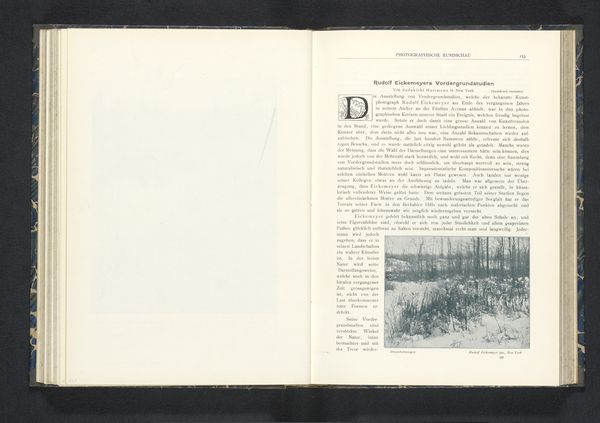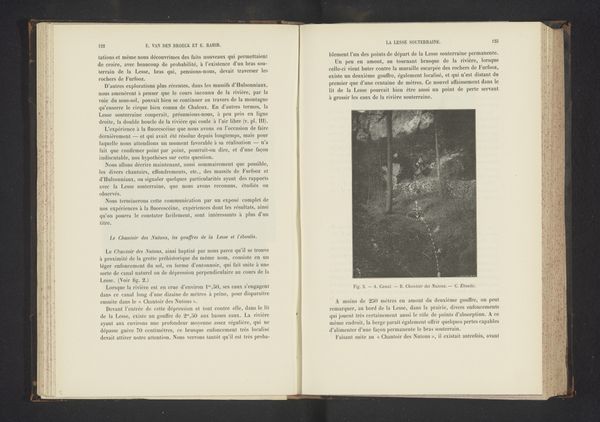
print, photography
# print
#
landscape
#
photography
Dimensions: height 156 mm, width 109 mm
Copyright: Rijks Museum: Open Domain
Editor: This is a photographic print called "Bos" by Rudolf Eickemeyer, dating to before 1901. It depicts a wooded scene, almost abstracted by the density of the trees and undergrowth. What strikes me is the seemingly untouched nature; can you tell me more about how this kind of imagery fits into the context of its time? Curator: This image appears within a publication, which frames the understanding considerably. We see here a cultural impulse towards a kind of constructed wilderness. Eickemeyer’s “Bos,” meaning ‘wood’ or ‘forest’, aligns with late 19th-century trends in landscape photography, often associated with urbanization. As industrial cities expanded, idealized portrayals of nature became increasingly prevalent. Editor: So, it’s less about accurately capturing the landscape and more about shaping a cultural idea? Curator: Precisely. The 'Bos' represents more than just trees; it embodies the romantic longing for an unspoiled wilderness. Think about how such images would be displayed: were they primarily circulated among urban populations, serving as visual escapes from the industrial reality? Consider, too, the developing conservation movements and the visual rhetoric employed to advocate for preservation. Editor: It sounds like even landscape photography could be political. Curator: Absolutely. Who had access to such imagery? Whose idea of "wilderness" was being promoted? Landscape photography played an important part in negotiating the complex relationship between urban life, industrial progress, and idealized notions of the natural world. Even its very style– the composition, the focus, what’s included and excluded from the frame– speaks volumes. Editor: It’s amazing to think about how a seemingly simple photo carries all that weight. It’s really opened my eyes. Curator: And mine, about how a single image could represent complex themes from that era!
Comments
No comments
Be the first to comment and join the conversation on the ultimate creative platform.
